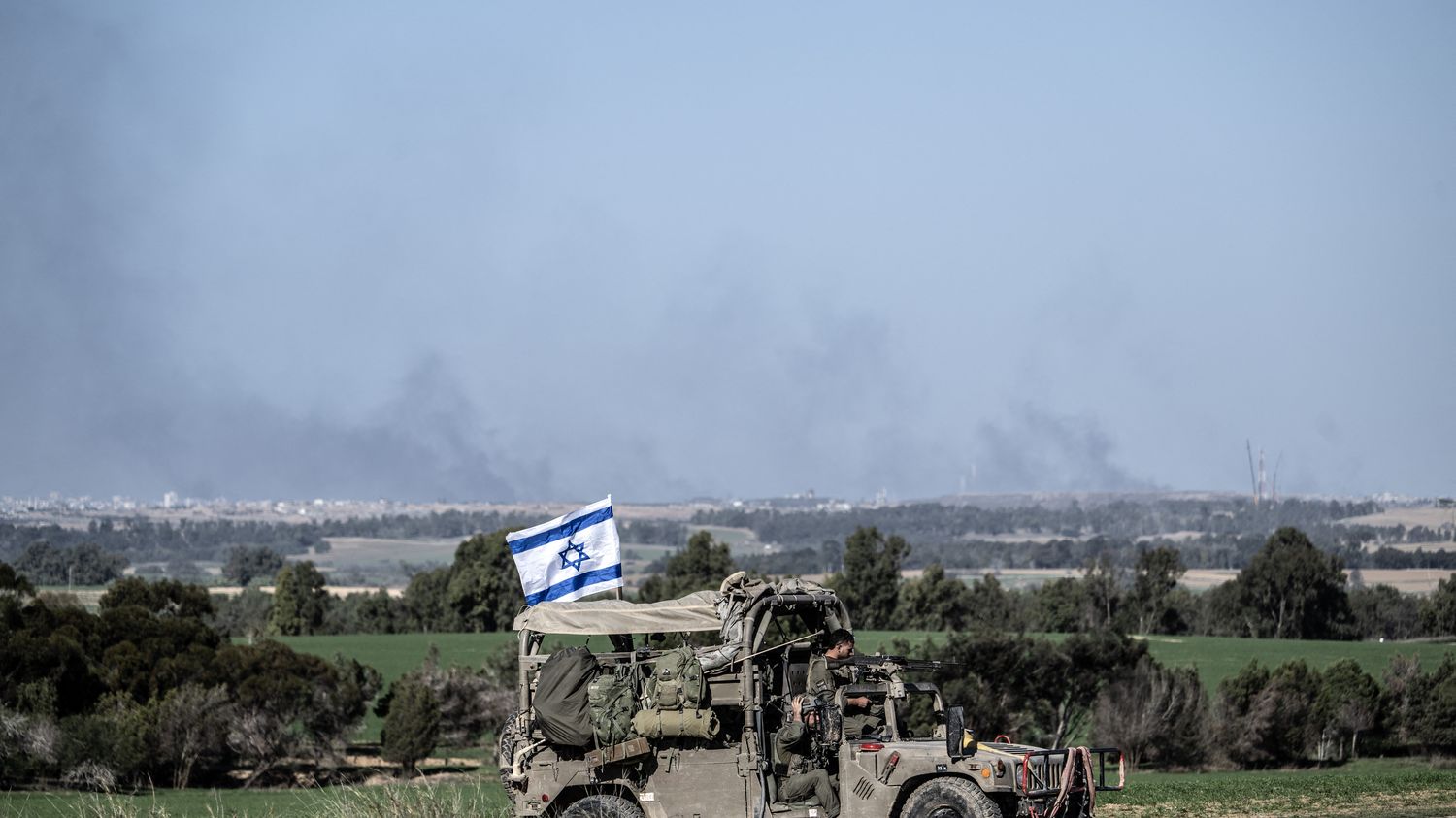The Israeli Prime Minister continues to insist that he does not envisage a ceasefire before having destroyed Hamas.
Published
Reading time: 3 min

Second visit to the Gaza Strip in two and a half months of war for Benjamin Netanyahu. The Israeli Prime Minister, equipped with a bulletproof vest and a helmet, posed among Israeli soldiers, all smiles, Monday December 25. Civilian and military losses continue to increase, international calls to silence the guns are increasing, and the UN Security Council adopted a resolution on Friday demanding easier passage of humanitarian aid. Despite everything, the inflexible Israeli leader announced to his troops an amplification of the military operation against Hamas, the Islamist movement in power in the Palestinian enclave. “ We are not stopping, (…) we are intensifying the fighting in the days to come. It will be a long war.”he insists in front of soldiers in a video broadcast on social networks.
This desire to strengthen bombings and ground operations has been relayed for several days by Israeli army officers on the front line. General Yaron Finkelman, head of the Southern Command, clarified on December 20 that the army was ready to enter “another significant phase of the offensive, in new areas”. This military operation “will continue and advance. It will continue with pressure against the enemy. (…) We will continue to advance here and in other areas where we have not yet maneuvered”he stressed, quoted by the daily The Times of Israel.
This military strategy involves new advances in the south of the enclave, which had nevertheless been designated by Israel as a refuge area for civilians fleeing the fighting when they were concentrated in the North. Tuesday morning, the town of Khan Younes, presented by the Israeli army as the stronghold of Hamas leaders in Gaza, was struck again. The IDF claims to have “identified” several members of the Palestinian organization “who were advancing towards a compound belonging to the terrorist organization, where numerous weapons were stored”. An Israeli plane bombed the facility and “killed the terrorist cell”, specifies the army in a message on Telegram. It also claims that more than a hundred targets, including tunnel entrances and military sites, were targeted in 24 hours throughout the Gaza Strip. According to the Hamas government’s Health Ministry, 241 Palestinians were killed in the bombings.
Objectives still far from being achieved
In the columns of Wall Street Journal Monday, Benjamin Netanyahu formulated Israel’s war goals and defined three “prerequisites” to achieve peace: the destruction of Hamas, qualified “Iran’s central emissary”; the demilitarization of the Palestinian enclave; and the “deradicalization” of Palestinian society. However, the minimal objective of destroying the Palestinian movement, formulated by the Israeli government after the attacks of October 7, has still not been achieved. The Israeli Prime Minister also recognizes certain difficulties in this text: “Hamas places its terrorist infrastructure inside and under homes, hospitals, mosques, schools and other civilian sites,” he emphasizes.
According to the American analysis center Institute for the Study of War (ISW), the effectiveness of Israeli military strategy is limited. Out of thirty battalions of the al-Qassam brigades, the military branch of Hamas, studied in a report published on December 22, only three are unable to fight, while eight are losing their capabilities. “degraded” by combat losses, analysts estimate. This endurance of Hamas can be explained: the Islamist movement has structured itself “to survive Israeli military action, by building a resilient military organization”underlines the ISW.
Faced with these obstacles, the extension of the war concerns the United States, CNN affirmed in early December, citing several officials from Joe Biden’s administration. American leaders would plead with Israel for a ” hyper-localized strategy of lower intensity” targeting Hamas leaders.
